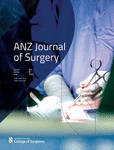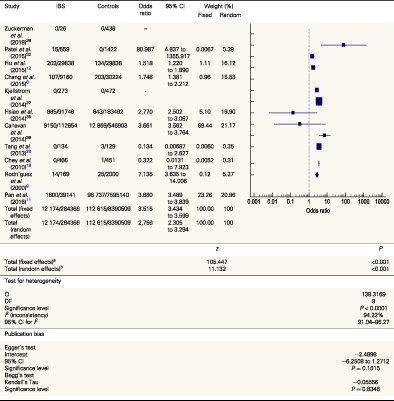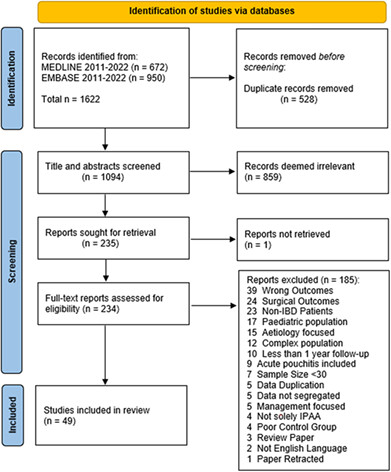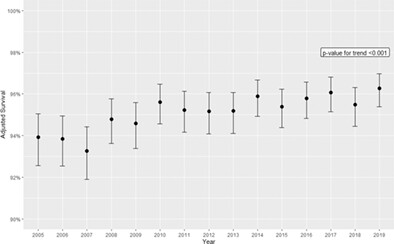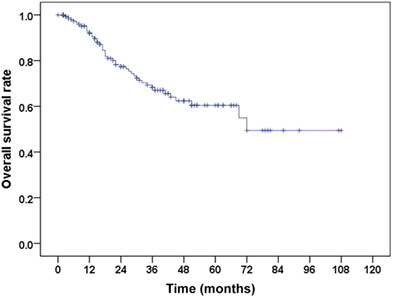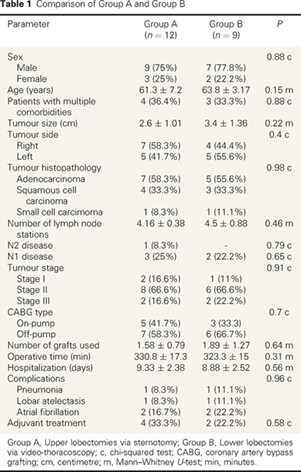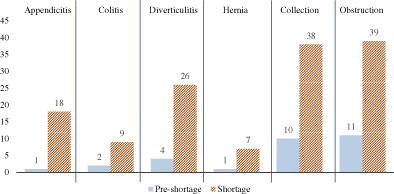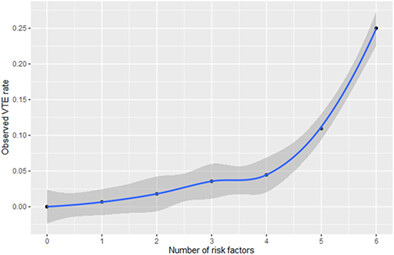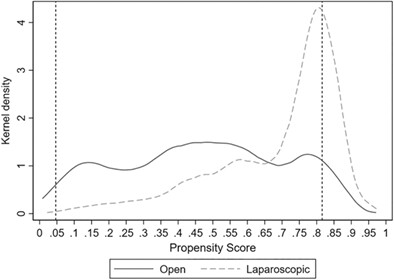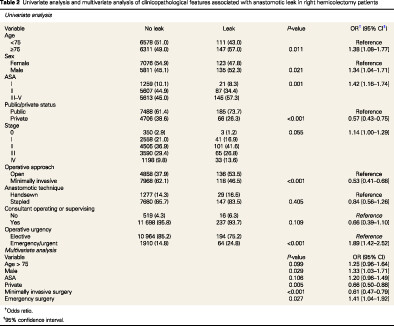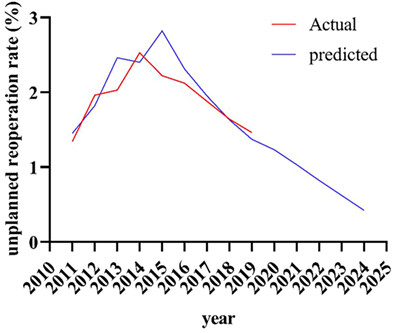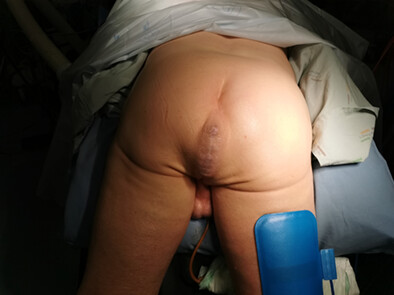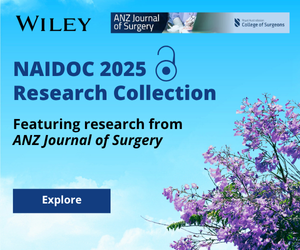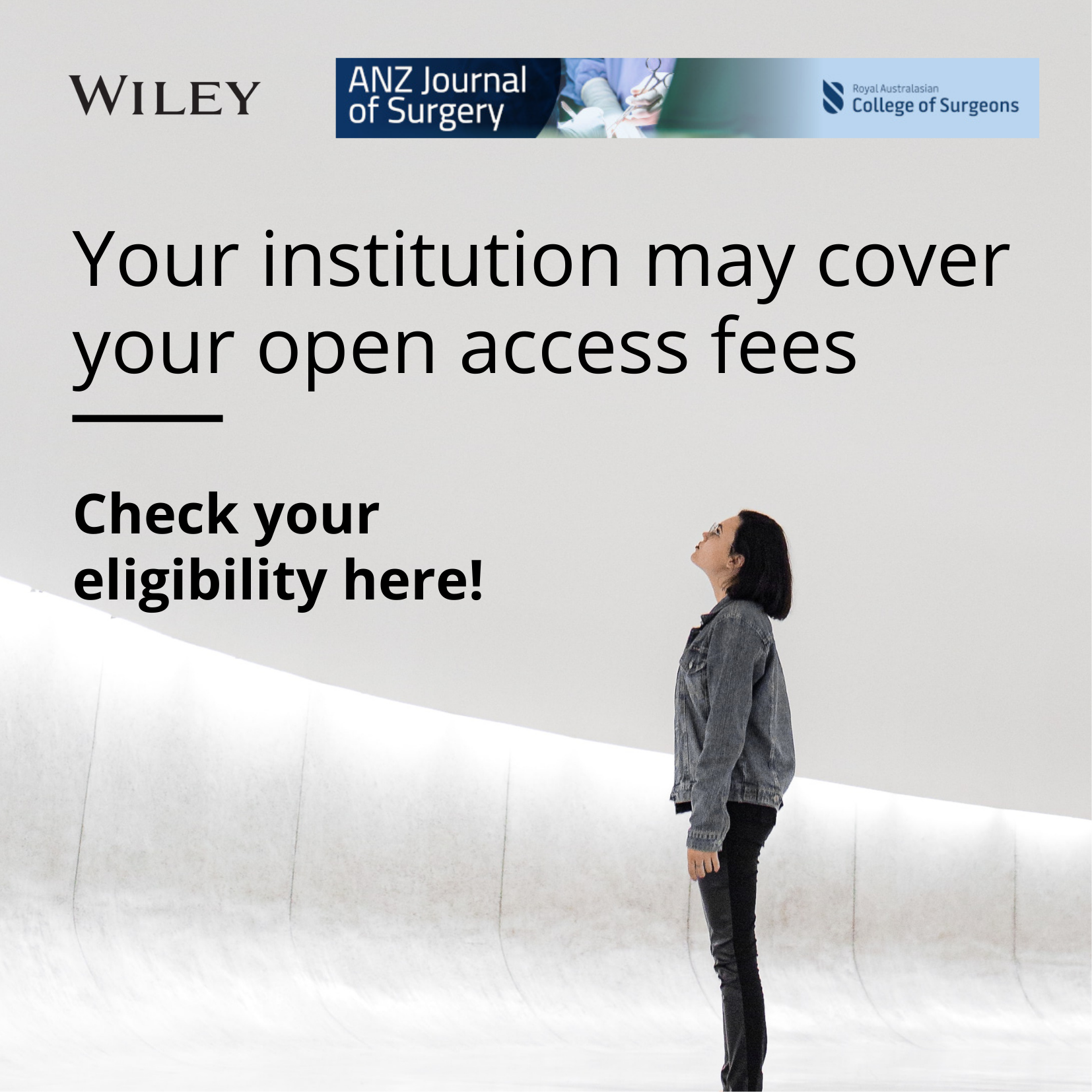Journal list menu
Export Citations
Download PDFs
ISSUE INFORMATION
EDITORIALS
Answering the call for operative assistance: supporting colleagues in situations of operative crisis
- Pages: 1458-1459
- First Published: 14 June 2023
Continuing professional development activity from the ANZ journal of surgery
- Page: 1460
- First Published: 14 June 2023
PERSPECTIVES
Can you please come to theatre now? – A retrospective review of emergent intra-operative vascular assistance in a tertiary centre
- Pages: 1461-1462
- First Published: 30 January 2023
Immunonutrition in cancer surgery: a missed opportunity?
- Pages: 1463-1464
- First Published: 05 April 2023
Doctors' knowledge and perceptions of perioperative nutrition support; results from a large Australian tertiary referral Centre
- Pages: 1465-1466
- First Published: 07 March 2023
Antimicrobial-loaded bone cement use is highly variable in joint replacement surgery: a survey of Australian arthroplasty surgeons
- Pages: 1467-1470
- First Published: 20 January 2023
Rehabilitation for total shoulder replacement: an Australian perspective
- Pages: 1471-1473
- First Published: 26 April 2023
SPECIAL ARTICLE
Introducing Australia's clinical care standard for low back pain
- Pages: 1476-1479
- First Published: 26 May 2023
REVIEW ARTICLES
Prevalence of irritable bowel syndrome and its association with colorectal cancer: a systematic review and meta-analysis
- Pages: 1480-1486
- First Published: 09 February 2023
Utility of CT colonography and/or PET-CT preoperatively in obstructing left-sided colorectal cancers – a systematic review
- Pages: 1487-1494
- First Published: 06 April 2023
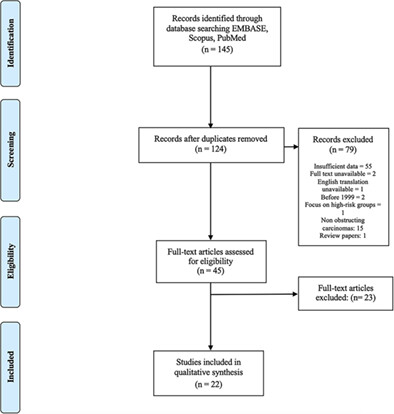
15–20% of patients present with near obstructing left-sided colorectal cancer. CT colonography (CTC) or PET-CT has been used to detect synchronous lesions, which may alter preoperative planning of colonic resection. By means of a systematic review, we demonstrate that CTC is an effective and useful adjunct to colonoscopy in assessing the proximal colon when colonoscopy fails to do so.
Immune mediated colitis: a surgical perspective
- Pages: 1495-1502
- First Published: 23 April 2023
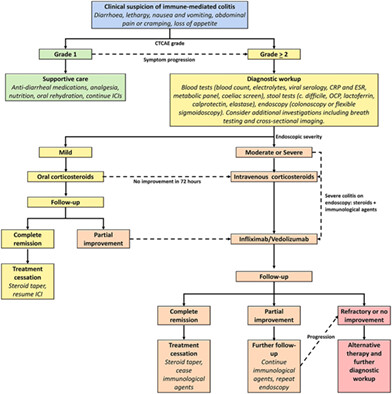
Immune mediate colitis management has largely been under the purview of medical specialties. This review explores the current landscape of managing immune mediated colitis from a surgical perspective and highlights key areas in which surgeons can engage in the multidisciplinary care of this condition. To facilitate prompt diagnosis and management of immune-mediated colitis, there is an increasing necessity for surgeons to become familiar with the latest multidisciplinary approaches and recommendations.
Review of long-term complications and functional outcomes of ileoanal pouch procedures in patients with inflammatory bowel disease
- Pages: 1503-1509
- First Published: 24 April 2023
VASCULAR SURGERY
Timing of minor and major amputation in patients with diabetes-related foot ulceration admitted to two public tertiary referral hospitals in Australia
- Pages: 1510-1516
- First Published: 28 December 2022

For inpatients with diabetes-related foot ulceration (DFU) the incidence of minor amputation was 34% and major amputation was 8% over four years. Most amputations occurred during the patient's index DFU-related hospital admission. Minor amputation during the patient's index DFU-related admission was associated with requiring revascularisation, while major amputation during the patient's index DFU-related admission was associated with having more comorbidities and receiving care for a mental health condition. Minor or major amputation according to DFU-related hospital admission sequence
Vascular surgery patients in intensive care: a bi-national cohort study over 15 years
- Pages: 1517-1524
- First Published: 03 October 2022
A pilot study of the use of artificial intelligence with high-fidelity simulations in assessing endovascular procedural competence independent of a human examiner
- Pages: 1525-1531
- First Published: 23 April 2023
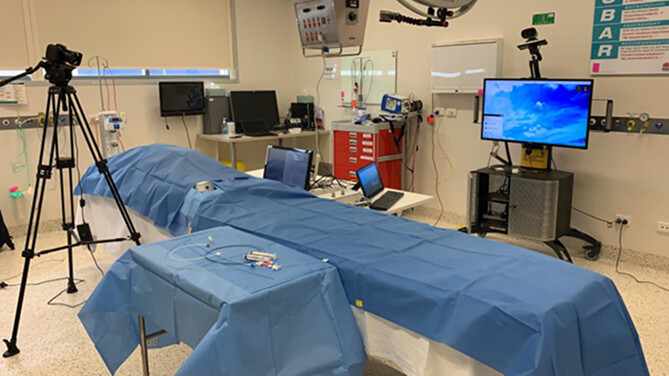
With increase endovascular training in vascular surgery, assessment methods need to shift to capture these nuanced skills. A high-fidelity simulator was set up to capture raw metric data and compared to a standardized assessment method. There were significant correlations between some metric scores and an artificial intelligence model had moderate correlation with these score.
Port first vs. Tip first: does difference in portacath insertion techniques reduce complication rates
- Pages: 1532-1535
- First Published: 11 February 2023
CARDIOTHORACIC SURGERY
The influence of the COVID-19 pandemic on lung cancer surgery in Queensland
- Pages: 1536-1542
- First Published: 20 April 2023
Lung neuroendocrine neoplasms: a single centre surgical series and analysis of staging
- Pages: 1543-1550
- First Published: 27 April 2023
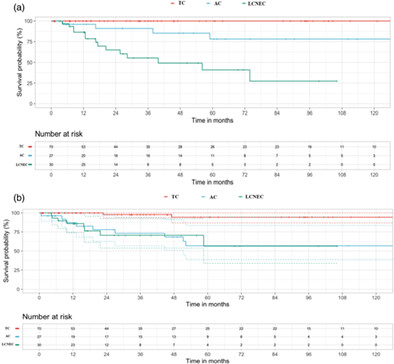
Lung neuroendocrine tumours are currently staged using the same staging system as all non-small cell lung cancer, despite significant differences in outcomes. We have found that prognosis is significantly driven by histological subtype, however, were not able to independently validate an alternate – proposed – lung neuroendocrine-specific staging system.
THIS ARTICLE HAS BEEN RETRACTED
Retracted: Clinical effect of surgical treatment for lung metastasis and prognostic risk factor analysis: a single-centred cohort study
- Pages: 1551-1558
- First Published: 24 May 2023
CARDIOTHORACIC SURGERY
How to facilitate concurrent lower lobectomy after coronary artery bypass grafting via median sternotomy without adding anterolateral thoracotomy?
- Pages: 1559-1563
- First Published: 24 April 2023
A contemporary evaluation of surgical aortic valve replacement outcomes and temporal trends
- Pages: 1564-1570
- First Published: 23 April 2023
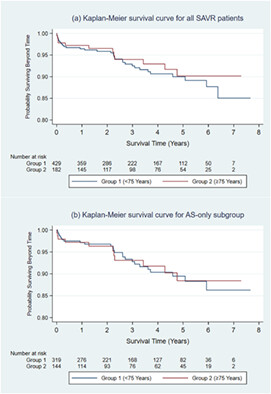
Given the ageing population and uptake of transcatheter approaches for treating aortic stenosis (AS), a renewed evaluation of outcomes after surgical aortic valve replacement (SAVR) is warranted. With guidelines recommending age-based indications for surgical and transcatheter approaches, this study critically evaluates outcomes in age-based subgroups, with the aim to refine management of AS in the elderly, where there is often no clear consensus.
RURAL, REGIONAL AND REMOTE SURGERY
Impact of socioeconomic status and road distance to hospital on perforated appendicitis rates at a large rural referral centre
- Pages: 1571-1576
- First Published: 03 March 2023
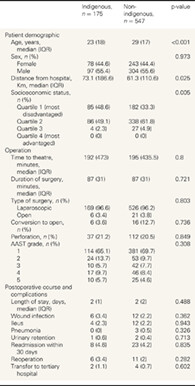
Our study aims to determine the impact of low socioeconomic status and road distance to hospital on the rates of perforated appendicitis at a rural referral centre. Contrary to existing studies, our results demonstrate that socioeconomic status and road distance to hospital do not have a significant impact on perforated appendicitis. In our study, indigenous patients have lower socioeconomic status and longer road distance to hospital than non-indigenous patients, but do not have higher rates of appendiceal perforation.
Upper GI bleeding in rural Australia: general surgery still alive and well!
- Pages: 1577-1582
- First Published: 12 April 2023
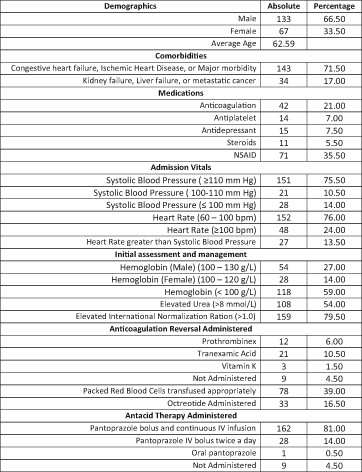
High-quality healthcare of patients with UGIB is delivered by general surgeons in a rural hospital and can be further improved by local multidisciplinary protocols including risk assessment scores which expedite endoscopy by identifying low risk patients unlikely to require therapy. Guidelines would protocolize resuscitation, management, appropriate medication administration, thereby preventing delays to endoscopy. Despite these nuisances, the time to endoscopy, endoscopic intervention, and patient outcomes were largely in line with international quality assurance and safety targets.
Understanding unplanned return to theatre in rural South Australia general surgery: review of four major hospitals over a six-year period
- Pages: 1583-1587
- First Published: 20 May 2023
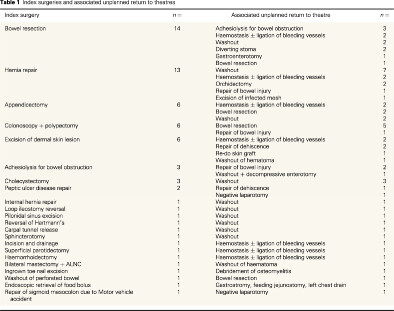
Unplanned return to theatre (URTT) is associated with longer hospital stay, higher mortality rates, and extra burden on hospital resources which is already limited in rural hospitals. There is a lack of literature analysing causes of URTT in a rural general surgery department. This study aims to identify causes of URTT in rural general surgical patients.
GENERAL SURGERY
Time to acute general surgical review: a retrospective study in a tertiary referral centre
- Pages: 1588-1593
- First Published: 05 May 2023
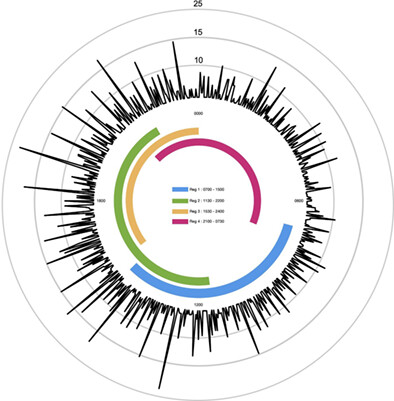
The Acute Surgical Unit (ASU) model of emergency general surgical care is a deviation from the traditional model and has demonstrated improved efficiency and patient outcomes This study evaluates the implementation of the ASU model in a major tertiary trauma centre with average review times of 40 min. The results demonstrate that with review times close to the benchmark of 30 min, the ASU model is effective, and with emergency department wait times of close to 5 h prior to review, delays in cares of surgical patients is likely external to the surgical unit.
Efficacy of intraoperative hypertonic saline irrigation in seroma prevention after abdominal wall reconstruction procedures – a pilot cohort study
- Pages: 1594-1598
- First Published: 03 April 2023
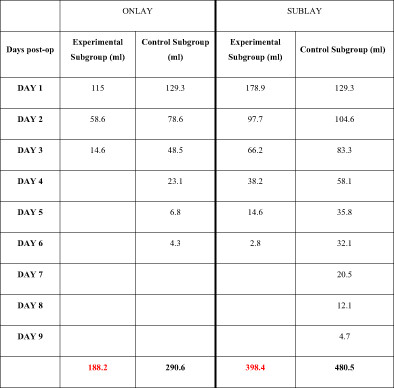
Seromas refer to collections of fluid secreted into the so-called dead spaces when extensive dissection takes place. In the short-term results, we demonstrated that intraoperative hypertonic saline irrigation significantly decreased the amount of the drained fluid and shortened the length of hospital stay.
Diagnosing the acute abdomen during a global contrast shortage: a single centre experience
- Pages: 1599-1603
- First Published: 03 May 2023
COLORECTAL SURGERY
The effect of a sexual abuse history on symptoms and anorectal physiology findings in patients presenting to a colorectal pelvic floor service
- Pages: 1604-1608
- First Published: 09 January 2023
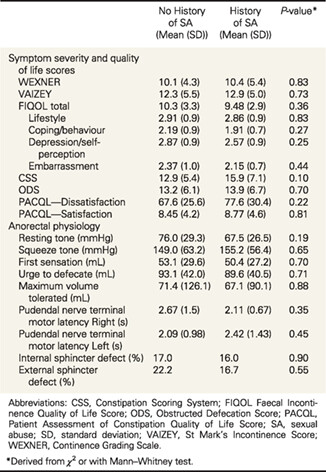
Sexual abuse is prevalent in the Australian community. Studies report that 12%–23% of patients with functional anorectal disorders have a history of sexual abuse. We have conducted a retrospective study to compare symptom severity, quality of life and anorectal physiology in female patients presenting with defaecatory dysfunction to a colorectal pelvic floor unit with or without a history of penetrative sexual abuse. We found no objective difference in symptomatology or physiology between female patients with a history of sexual abuse compared to those without. Our findings should empower clinicians to employ standard management principles to those presenting with defaecatory dysfunction who have a history of sexual abuse.
Colonoscopic findings in patients with pelvic floor dysfunction
- Pages: 1609-1612
- First Published: 18 January 2023
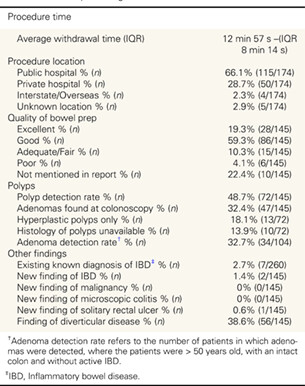
Our study investigated how many patients presenting with pelvic floor dysfunction were undergoing colonoscopy and if this investigation yielded useful results in their initial workup. Patients presenting to pelvic floor clinics often have erratic bowel habits and vague symptoms, and it can be difficult to tease out the presence or absence of red flag symptoms such as change in bowel habit. Our findings showed similar adenoma detection rate to the general population, low yield for detecting any serious pathology, and support for current guidelines for colonoscopy in the workup of pelvic floor dysfunction.
The effect of anti-spasmodic administration on the accuracy of magnetic resonance imaging staging of rectal cancer
- Pages: 1613-1619
- First Published: 04 January 2023
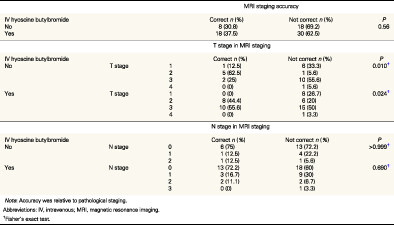
This study found there was no statistically significant impact on the overall accuracy of MRI rectal cancer staging between patient groups who received IV hyoscine butylbromide and groups who did not receive IV hyoscine butylbromide. Given the potential side effects and adverse outcomes of IV anti-spasmodic agents, department protocols may need to be re-assessed regarding the prescription of these medications for MRI rectal cancer staging.
Venous thromboembolism risk stratification for patients undergoing surgery for IBD using a novel six factor scoring system using NSQIP-IBD registry
- Pages: 1620-1625
- First Published: 16 January 2023
Feasibility and safety of a robotic approach to diverticular disease: a retrospective series of short-term outcomes
- Pages: 1626-1630
- First Published: 11 January 2023
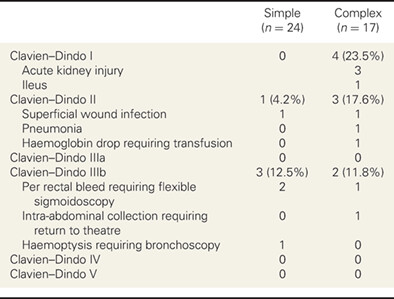
Robotic surgery for diverticular disease has become increasingly prominent worldwide with a paucity of Australasian data. Forty-one patients undergoing robotic resection of diverticular disease across three healthcare centres in Victoria were analysed in this series. Robotic resection in this series was considered feasible, with a 2.4% conversion to open surgery rate, and safe, with a low complication rate similar to other robotic diverticular studies and laparoscopic resection studies.
Prognostic effect of sarcopenia in patients undergoing laparoscopic rectal cancer resection
- Pages: 1631-1637
- First Published: 09 February 2023
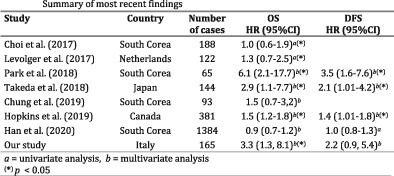
Long-term results of rectal cancer patients undergoing curative resection are affected by their preoperative skeletal muscle status. Larger studies including comprehensive data on muscle strength along with skeletal muscle index are awaited to confirm these results on both Eastern and Western rectal cancer patient populations before strategies to reverse muscle depletion can be extensively applied.
Overall survival comparing laparoscopic to open surgery for right-sided colon cancer: propensity score inverse probability weighting population study
- Pages: 1638-1645
- First Published: 16 February 2023
Right hemicolectomy anastomotic leak study: a review of right hemicolectomy in the binational clinical outcomes registry (BCOR)
- Pages: 1646-1651
- First Published: 24 February 2023
ORTHOPAEDIC SURGERY
Determining the optimal radiologic wrist and forearm position to visualize screw protrusion in scaphoid fixation
- Pages: 1652-1657
- First Published: 03 March 2023
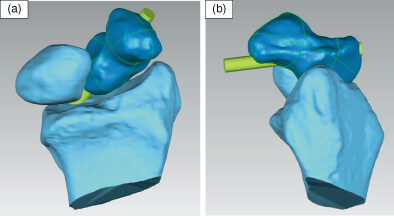
The detection of screw protrusion is imperative intraoperatively so that its correction can prevent damage to the adjacent chondral surfaces that occur with carpal motion. The quadrant of interest is first identified, and fluoroscopic assessment for screw protrusion should be performed with the forearm in pronation, supination or in the mid-pronation position and with the wrist in neutral or 20° ulnar deviated positions.
Trend of unplanned reoperation rates after lumbar degenerative surgery from 2011 to 2019: a large patient population study
- Pages: 1658-1664
- First Published: 26 March 2023
The association between body mass index and patient-reported outcome measures before and after primary total hip or knee arthroplasty: a registry
- Pages: 1665-1673
- First Published: 05 April 2023
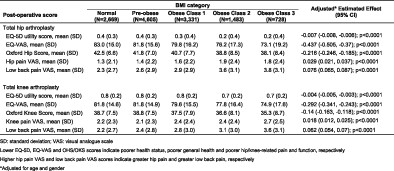
For patients undergoing THA or TKA, higher BMI was associated with lower pre-operative expectations, poorer well-being before surgery, and worse scores after surgery. Patients who were obese demonstrated comparable satisfaction with their operated joint, compared with non-obese patients. BMI was associated with greater pre- to post-operative improvements in outcome scores for EQ-5D, VAS knee, OHS/OKS and joint pain.
OTOLARYNGOLOGY HEAD AND NECK SURGERY
Outcomes of immediate facial nerve reanimation with nerve transfer for facial nerve neoplasm-induced paralysis: a retrospective review
- Pages: 1674-1681
- First Published: 28 March 2023
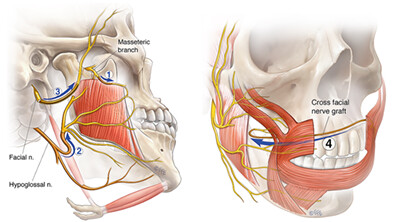
Facial reanimation with multiple neural inputs and concurrent static strategies allow for effective static and dynamic facial function with little synkinesis and no gross morbidity. By drawing on the relative strengths of each neural input and tailoring the approach to the patient, robust clinician-graded and objective outcomes are able to be achieved.
Outcomes of immediate dental implants in vascularised bone flaps for mandibular reconstruction
- Pages: 1682-1687
- First Published: 07 April 2023
The aim of this study is to assess the safety outcomes of immediate implant placement for dental rehabilitation following mandibular reconstruction using vascularised bone flaps. A retrospective analysis of patients who underwent immediate or delayed dental implants in vascularised bone flaps was performed. Our results suggest the placement of immediate dental implants within vascularized bone flaps is a safe procedure that does not prolong the time to adjuvant radiotherapy.
Lymph nodal recurrence in levels IV and V in oral squamous cell carcinoma after neck dissection
- Pages: 1688-1693
- First Published: 23 April 2023
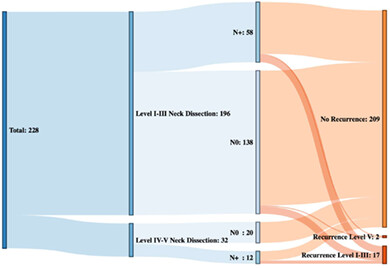
The aim of the study was to determine the risk of lymph node recurrence in levels IV and V after tumor resection and neck dissection of level I–III and level I–V. Neck dissection of levels I–III seems to be sufficient treatment in cases of unsuspicious lymph nodes in levels IV and V, even in cases of positive nodes in levels I–III if adjuvant radiation therapy is applied.
HOW I DO IT
How to do a Delorme's sleeve mucosectomy and muscular plication for full-thickness rectal prolapse
- Pages: 1694-1696
- First Published: 06 April 2023
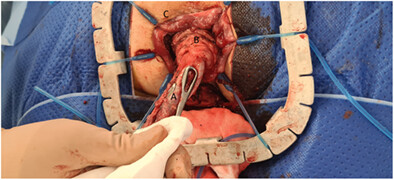
Here, we offer a step-by-step description of the technique for a Delorme's mucosectomy and muscular plication in our favoured prone jack-knife position, which is our preferred approach in patients who are frail, and unable to tolerate the pneumoperitoneum required for minimally invasive surgery. The principles of this technique are to reduce the prolapse, relieve incontinence and prevent obstructive defecation. This article is supplemented by a series of high-quality clinical images.
IMAGES FOR SURGEONS
Repair of un-ruptured sinus of valsalva aneurysm
- Pages: 1699-1700
- First Published: 30 January 2023
Sigmoid colon perforation due to a large gallstone
- Pages: 1701-1703
- First Published: 31 January 2023
Open pelvic sidewall excision utilizing an extended lateral plane with excision of the sciatic nerve and ischial spine for recurrent rectal cancer
- Pages: 1704-1706
- First Published: 31 January 2023
Diffuse cavernous haemangioma of the right colon: an unusual cause of right iliac fossa pain
- Pages: 1707-1708
- First Published: 03 February 2023
Congenital periprostatic pelvic arteriovenous malformation presenting as isolated pelvic pain and requiring endovascular embolization
- Pages: 1709-1711
- First Published: 02 February 2023
Giant colonic diverticulum: perioperative management with ERAS protocol
- Pages: 1712-1714
- First Published: 06 February 2023
Peculiar parathyroids: bilateral undescended ‘inferior’ parathyroids, located at the level of the submandibular glands
- Pages: 1715-1716
- First Published: 14 February 2023
Large bowel obstruction caused by a submucosal colonic lipoma: not all lipomas are trouble free
- Pages: 1719-1720
- First Published: 11 February 2023
Recurrence of juxta-articular myxoma in right gluteal region
- Pages: 1721-1723
- First Published: 13 February 2023
LETTERS TO THE EDITOR
Obstructive jaundice secondary to a giant hiatus hernia in a frail patient: a cautionary tale
- Pages: 1726-1727
- First Published: 14 June 2023
Islanded SCIP flap after sarcoma resection: a novel approach for Mons pubis defects
- Pages: 1728-1730
- First Published: 22 May 2023
ERRATUM
Correction to ‘An audit of computed tomography request practices for suspected cervical spine injury post-guideline change in a tertiary referral paediatric hospital’
- Page: 1731
- First Published: 26 April 2023




